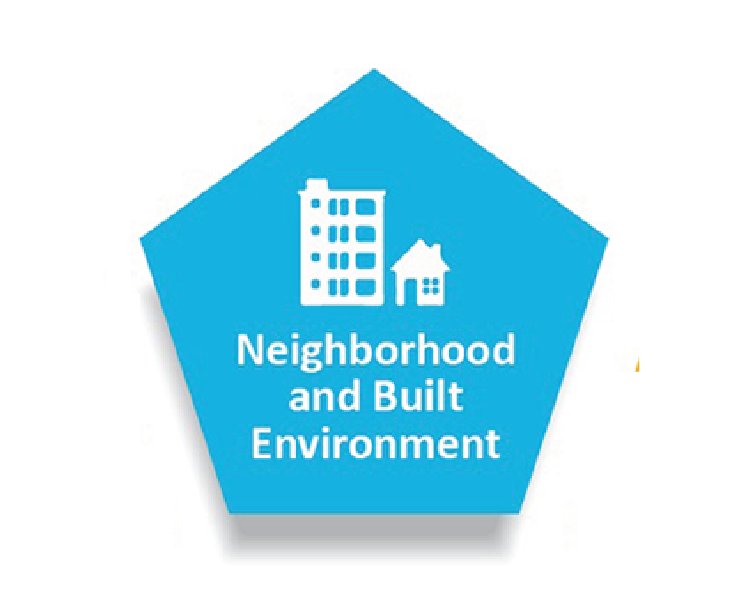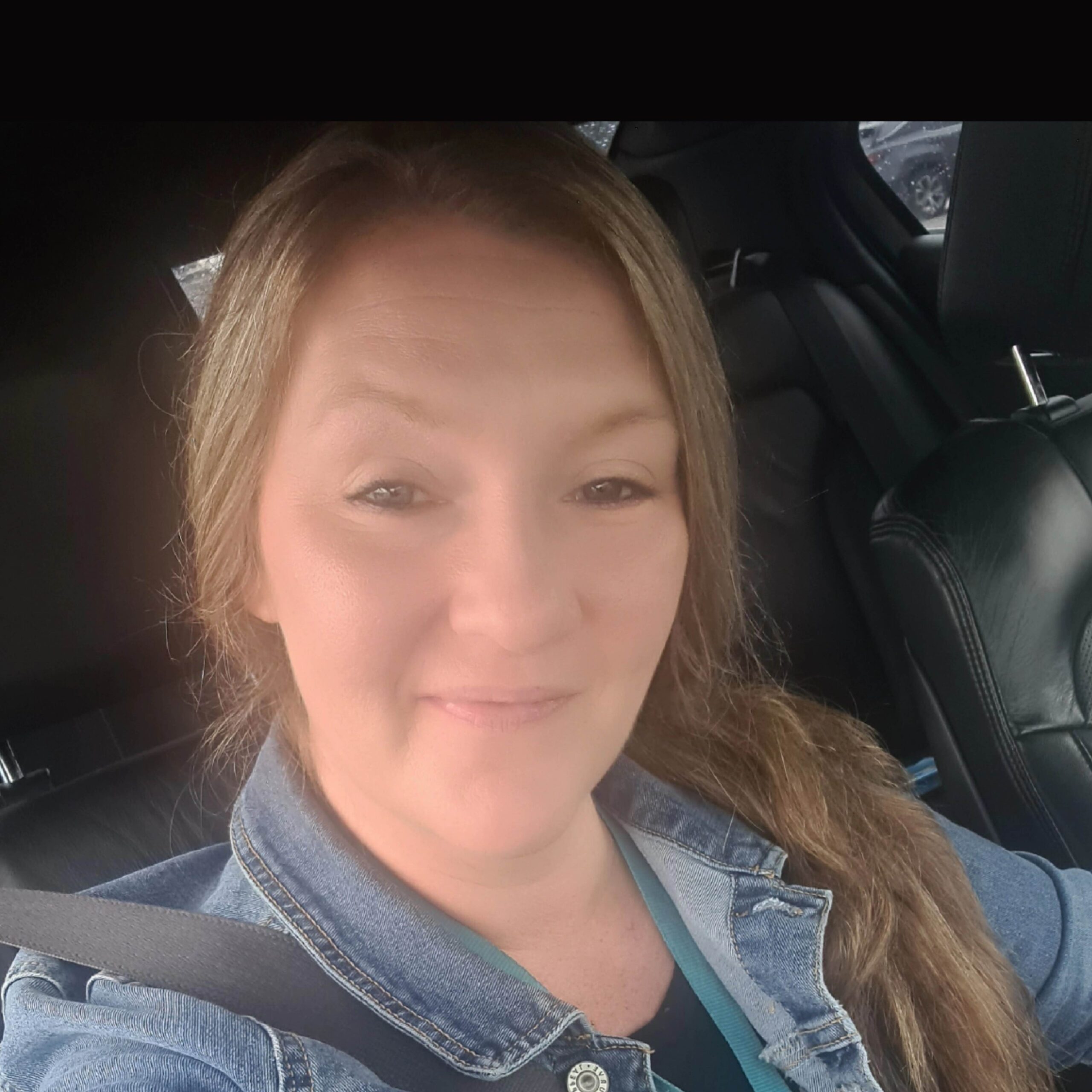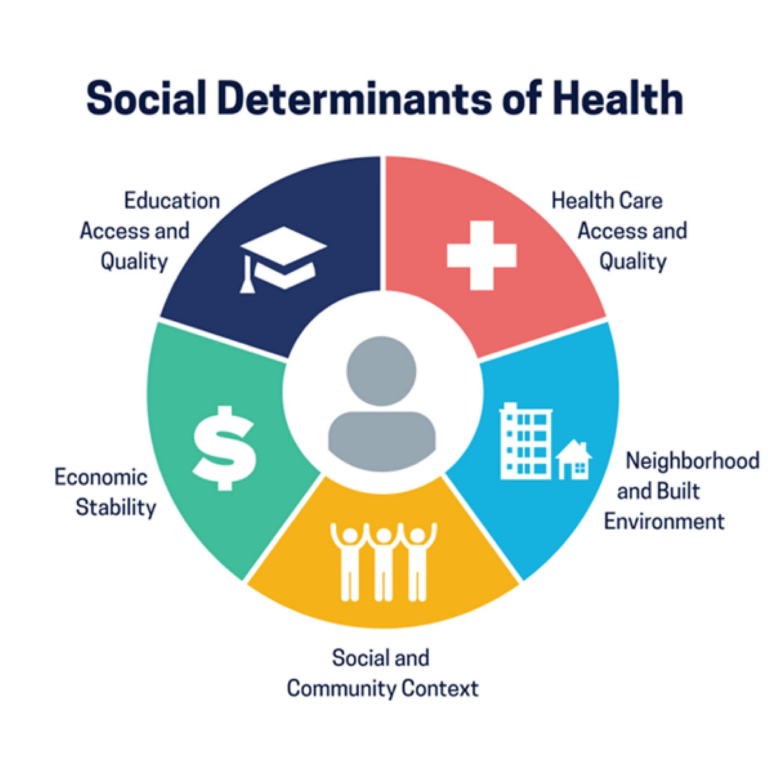Get ready for a groundbreaking shift in the Minnesota healthcare system. In an ever-evolving landscape, keeping pace with crucial regulatory changes is paramount. For residential and Intensive Outpatient Program (IOP) treatment centers, a major transition is approaching: mandatory enrollment in the 1115 Demonstration. This change is not just a regulatory requirement; it signifies a profound shift in our approach to Opioid Use Disorders (OUD) and Substance Use Disorders (SUDs).
This post delves into understanding the 1115 Demonstration, its primary goals, and the essential steps for enrollment. Kyros stands ready to guide you through this intricate process, offering support and expertise. Together, we’ll navigate this transformative journey as healthcare evolves to better address the needs of those dealing with OUD and SUDs.
What is the 1115 Demonstration?
The 1115 Demonstration is more than just a regulatory requirement – it represents a shift in how we approach Opioid Use Disorders (OUD) and other Substance Use Disorders (SUDs). The demonstration’s primary objectives are as follows:
- Facilitate more individuals suffering from OUD and other SUDs to enter treatment programs.
- Encourage patients undergoing treatment to adhere to their treatment plans.
- Bring down the number of overdose fatalities, particularly those linked to opioids.
- Minimize the need for patients to use emergency rooms or stay in hospitals for OUD and SUD treatment.
- Prevent unnecessary remissions at the same or higher level of care for OUD and SUD patients.
- Enable beneficiaries with SUDs to more easily access care for their physical health conditions.
The 1115 Demonstration is a call to action for treatment centers to optimize their services and align with these goals. However, the path to enrollment and meeting the demonstration’s criteria can be complex, particularly for small to mid-size centers with limited resources.
Why is This Demonstration Important?
The 1115 Demonstration mandates that all treatment centers within Minnesota integrate peer recovery services. Its primary goal is to encourage individual states to introduce systemic changes aimed at better serving those seeking treatment. Specifically, individuals relying on Medicaid for treatment will now have access to peer recovery services, a requirement for all treatment centers, making it a transformative development for the entire recovery sector.
This shift in recovery pathways is undeniable. Peer services have consistently shown their ability to enhance recovery outcomes. Kyros, for example, has witnessed over 80% of clients successfully preventing relapse at least 1-2 times through these services. The role of peer services is pivotal across the continuum of care, and the 1115 Demonstration bolsters access to these invaluable resources.
Understanding the 1115 Demonstration
- Ensure access to critical levels of care for SUDs.
- Adopt evidence-based, SUD-specific patient placement criteria widely.
- Use nationally recognized, evidence-based SUD program standards to set residential treatment provider qualifications.
- Ensure sufficient provider capacity at each level of care, including medication-assisted treatment (MAT).
- Implement comprehensive treatment and prevention strategies to address opioid abuse and OUD.
- Improve care coordination and transitions between levels of care.

How Kyros Can Help
At Kyros, we understand the challenges that come with such transitions. Our mission is to stand with you, providing guidance and support, and to make this process as seamless as possible.
Given that the enrollment process can take several months to complete, it is advisable to start as soon as possible to meet the 1/1/24 deadline for residential treatment centers and the 1/1/25 deadline for IOP centers.
Here is a simplified roadmap to help you navigate the enrollment process:
- Complete Patient Referral Arrangements for all levels of care that are not provided by the enrolling provider
- Ensure all Licensing is complete and up-to-date
- Update policies and procedures to reflect changes
- Complete & Submit application form and supplement documents
- Wait for application review and any follow up requests
- Receive approval to enroll, then complete assurance statement
Remember, navigating this process may be challenging, but you’re not alone. Kyros is here to provide expert assistance and partnership every step of the way. Together, we can successfully navigate the 1115 Demonstration enrollment, enhance your services, and continue to provide crucial support for those battling OUD and SUDs.
The Recovery Landscape is Transforming
The 1115 Demonstration heralds a pivotal shift in how we address Opioid Use Disorders (OUD) and Substance Use Disorders (SUDs) in Minnesota. Kyros is committed to supporting you through this transformation. With clear objectives, including enhanced access to treatment and reduced fatalities, this initiative is set to reshape the recovery landscape. Our streamlined roadmap ensures you meet enrollment criteria and deadlines. Together, we’ll forge a more supportive healthcare system for those battling OUD and SUDs in Minnesota.
Get in Touch!
Learn more about how we can support you through this demonstration and speak with one of our team members today!
Sources:
Minnesota Department of Human Services. “1115 SUD System Reform Demonstration: utilization management overview script.” MN DHS, 2023. https://mn.gov/dhs/assets/utilization-management-script_tcm1053-511219.pdf .
Accessed 7 September 2023.





